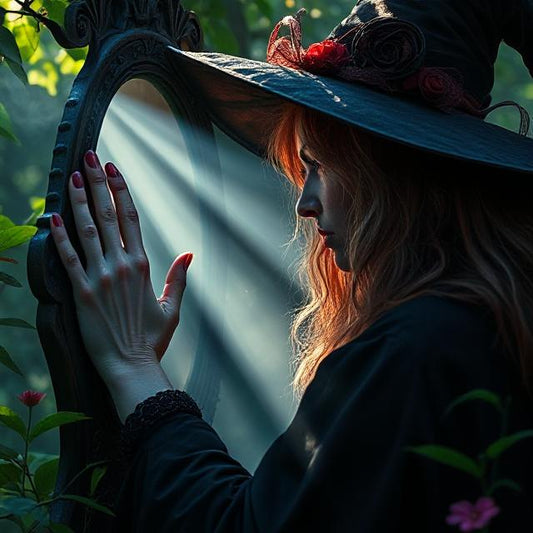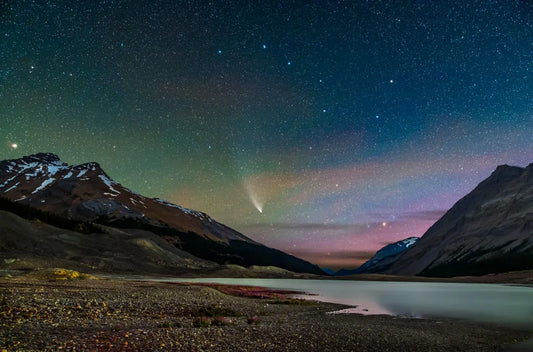The moon, Earth's celestial companion, has fascinated humanity for millennia. Its rhythmic dance through the night sky has inspired countless myths, guided agricultural practices, and played a crucial role in timekeeping. Understanding the phases of the moon not only deepens our appreciation for its beauty but also reveals the intricate mechanics of our solar system. Let's embark on a journey to explore the different phases of the moon and uncover the science behind this captivating phenomenon.
1. New Moon: The Invisible Phase
The lunar cycle begins with the New Moon. During this phase, the moon is positioned between the Earth and the Sun, with its dark side facing us. As a result, the moon is not visible from Earth. This phase signifies new beginnings and is often associated with renewal and fresh starts in various cultural traditions.
2. Waxing Crescent: The Growing Light
Following the New Moon, we enter the Waxing Crescent phase. Here, a sliver of the moon becomes visible as it starts to move away from the Sun's glare. The crescent shape appears on the right side (in the Northern Hemisphere) and gradually increases in size each night. This phase symbolizes growth and expansion, reflecting the increasing illumination of the moon.
3. First Quarter: Halfway to Full
Approximately a week after the New Moon, the moon reaches the First Quarter phase. At this point, half of the moon is illuminated and visible from Earth. The term "quarter" can be misleading, as the moon is actually one-quarter of the way through its orbit. This phase represents a period of decision-making and action, as half of the journey is complete.
4. Waxing Gibbous: Almost Full
The Waxing Gibbous phase occurs between the First Quarter and the Full Moon. During this time, more than half of the moon's surface is illuminated, but it has not yet reached full brightness. The visible portion continues to grow, creating a bulging shape. This phase is associated with refinement and preparation, as we approach the culmination of the lunar cycle.
5. Full Moon: Illuminating the Night
The Full Moon is perhaps the most well-known and celebrated phase. The entire face of the moon is illuminated by the Sun, creating a brilliant, glowing orb in the night sky. This phase occurs when the Earth is positioned between the moon and the Sun. The Full Moon is often linked to heightened emotions, completion, and clarity. It's a time of celebration and reflection, marking the peak of the lunar cycle.
6. Waning Gibbous: The Fading Light
After the Full Moon, the moon enters the Waning Gibbous phase. The illuminated portion begins to decrease, shrinking gradually each night. This phase signifies gratitude and introspection, as the light diminishes and we move toward the end of the lunar cycle.
7. Last Quarter: Halfway Home
The Last Quarter phase, also known as the Third Quarter, occurs when half of the moon's surface is again visible, but this time the left side is illuminated (in the Northern Hemisphere). This phase represents release and letting go, as we are three-quarters of the way through the cycle. It's a time for reassessment and adjustment.
8. Waning Crescent: The Final Phase
The lunar cycle concludes with the Waning Crescent phase. The visible portion of the moon continues to shrink, forming a thin crescent on the left side. This phase is associated with rest, recuperation, and preparation for the New Moon. It's a period of closure and transition, as we prepare to start the cycle anew.
The Significance of the Lunar Cycle
The phases of the moon are more than just a captivating spectacle; they influence various aspects of life on Earth. Tides, animal behavior, and even human activities are affected by the lunar cycle. Farmers historically used the moon phases to guide planting and harvesting, and many cultures observe rituals and festivals aligned with the lunar calendar.
Understanding the phases of the moon enriches our connection to the natural world and enhances our appreciation for the celestial rhythms that govern our lives. So, next time you gaze up at the moon, take a moment to ponder the remarkable journey it undertakes each month, and let its phases inspire and guide you through your own cycles of growth and renewal.




